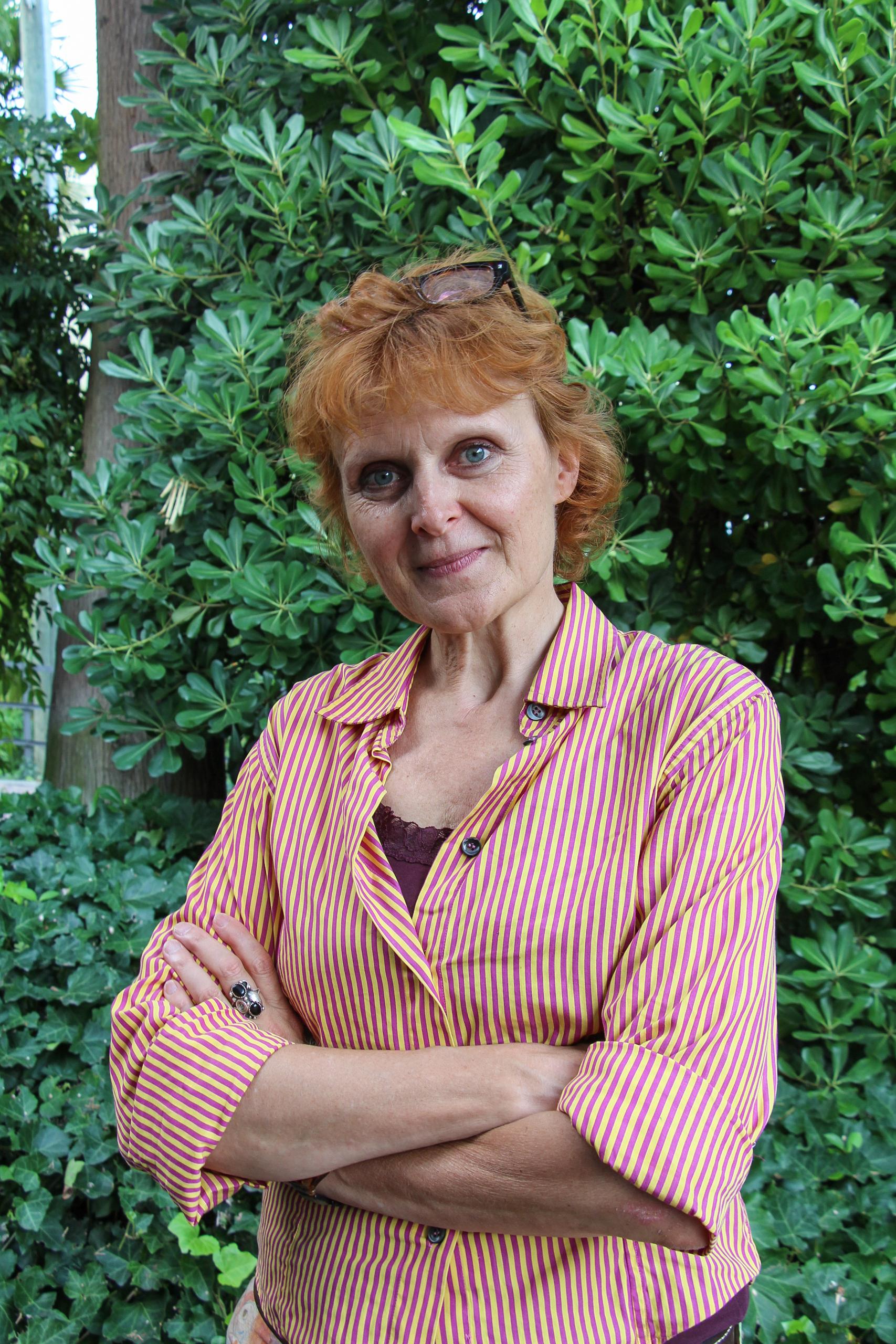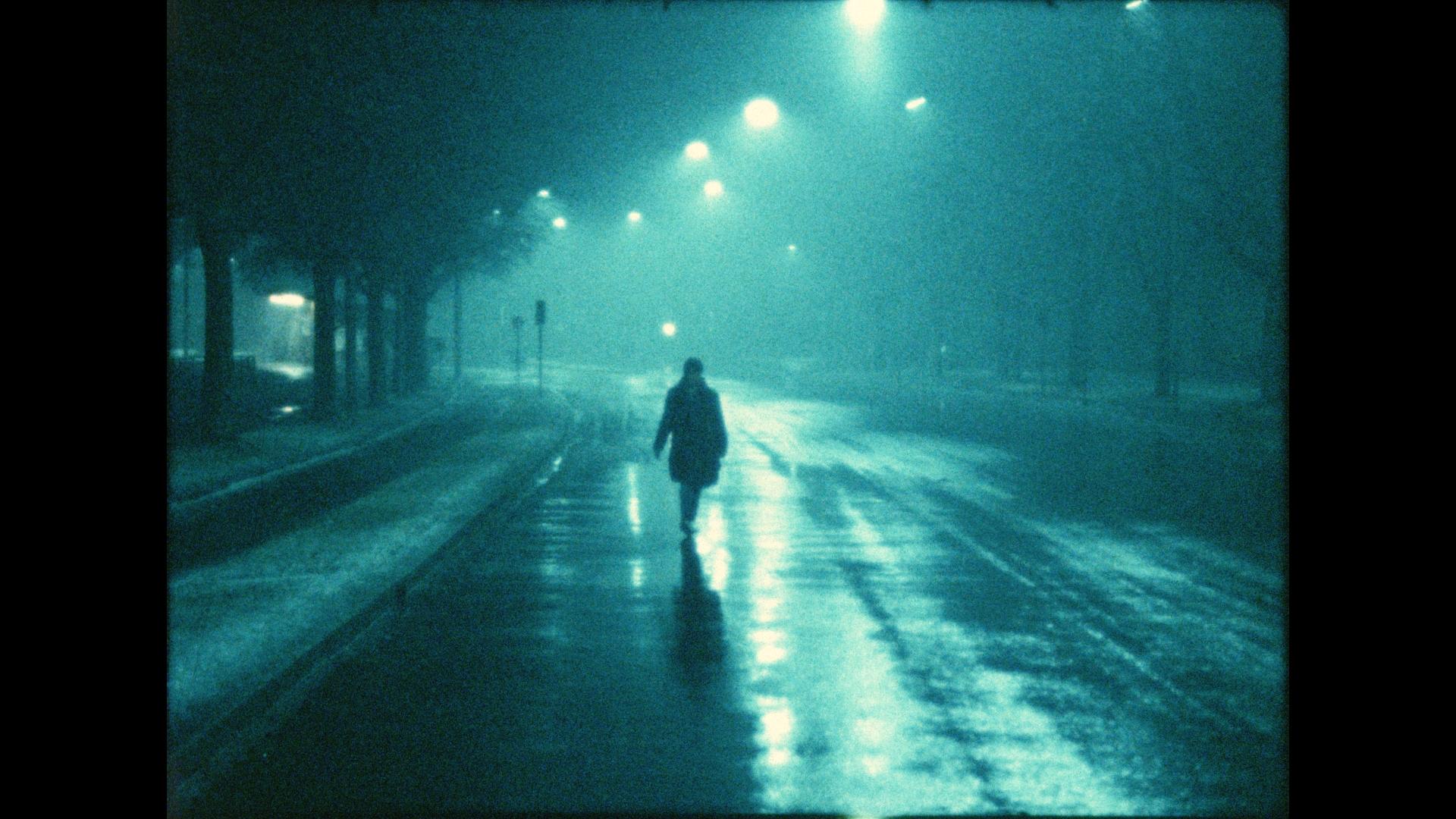The price of being a female filmmaker

On the fourth night of the Locarno Film Festival, ‘Jack’ by Austrian director Elisabeth Scharang premiered on the town’s huge open-air screen. It was one of only two films directed by a woman out of a total of 21 to be shown at the festival’s big nightly screening at the Piazza Grande.
Women might be in the minority when it comes to the award ceremonies or the high-profile screenings – only five out of 19 films in the international competition category have female directors – but women are most certainly at the Swiss festival and they’re angry that women in film in Switzerland aren’t getting equal treatment and equal access to funding.
“If you are male, they [film funding bodies] offer you more. I am grateful to be doing this work – but why are there different conditions?” Swiss filmmaker Anka Schmid told swissinfo.ch.
Schmid was talking after a packed discussion on ‘Women in the Industry’ at the Locarno festival, organised by FocalExternal link, the Swiss foundation for professional training in cinema and audiovisual media.
“The budgets of the female filmmakers are lower. Even if they have success, the budget is lower and so the salary is also lower,” Schmid explained.
Schmid has been making films since the 1980s and was at the festival showing her latest production, ‘Wild Women, Gentle Beasts’External link, which looks at female animal tamers in circuses. She was shocked when she heard about recent research that had been done into the gender split in funding given out by Swiss film bodies.
Funding imbalance
Women were vastly in the minority when it came to applications made for funding, positive funding allocations and the amount of financial support given according to the study by Focal, Cinésuisse (the umbrella organisation for the Swiss film and audiovisual industry) and ARF/FDS (the Swiss filmmakers association). Released in January 2015, it brought together data from a range of Swiss funding bodies, from the federal office of culture, to the Swiss Broadcasting Corporation (SBC – swissinfo.ch’s parent company) and regional film bodies.
Women make up 34% of the directors who are members of Swiss film industry groups, and in production jobs, that figure is 42%. Yet, in 2013-2014 women made only 31% of applications for funding, and only 28% of the positive funding decisions went towards women.
Nicole Schroeder, head of the technical department at Focal, crunched the numbers for the study. “Our evaluation surprised us a lot. At some institutes the percentage of funding given to women was only 21%. And the further along women were in projects, the less funding they received.”
“When we looked at the box office numbers from the last ten years, women were doing better than men. A film cannot only be measured by its box office figures of course, but it’s one sign that shows that films by women are not doing bad,” Schroeder added.
The question of courage
Why women are applying less for funding and being awarded fewer grants, which are then of less financial value, is an issue at the core of female representation in the industry.
Francine Hetherington Raveney, director of EWAExternal link, the European women’s’ audiovisual network, told swissinfo.ch that women don’t always put themselves forwards as well as they could. “For a young girl dreaming of becoming a film director, it’s a really tough step, because they don’t have the role models to believe in themselves,” she said. “We still have a certain amount of equality at film school, but once we get into the industry, women start to drop out.”

In Switzerland between 1995 and 2013, only 23% of second films made by directors for the cinema or TV were made by women, down from 30% for first films, according to the Focal study.
“The main thing is the funding. There are lots of reasons why women don’t push themselves forward as much as much as men. It’s about self-confidence from an early age and how to sell your product in the industry, and pitch,” Hetherington Raveny commented.
It’s a statement that rings true with Schmid. “I am very courageous fighting for my work, but I didn’t ask for a higher salary because I don’t care about money. But in our society, money demonstrates the value of our work,” she said. “We need transparency.”
Many of those at the Locarno discussion agreed that pitching training, networking and leadership courses can help women secure funding for their projects. But whether women being bold enough in their pitches is the main obstacle standing in the way of gender equality in filmmaking is a question that still divides opinion.
Commissioning choices
For Schroeder, that women’s projects are funded much less than men’s has to do with “what we believe is safe and secure, and a factor of quality, ‘something we can rely on’”. The idea of which films can look like a good bet for commissioners is part of the problem.
Changing the ingrained concept of what makes a quality film, is at the heart of what Anna Serner, CEO of the Swedish Film InstituteExternal link has been doing with film commissioners in Sweden. A few years ago the country set itself the aim of achieving “gender equality in film production”, specifically in how funding is allocated, by the end of 2015.
“We educate the people who make the decisions so they realise how prejudiced we all are, so they can avoid this in the decision making. Then what they do is give female projects a fair chance,” Serner said. Between 2000 and 2005 the percentage of films with a female director that were funded by the Swedish Film institute was 19%. By the end of 2014, it was 50%.
“The production companies realise that they get money if they find female directors who are good. So they look more carefully,” said Serner. “As female directors now feel that they have a possibility to get money, there are more applications from female directors.”
The figures on allocations of funding by gender were also monitored on a monthly basis so a closer eye was kept on progress, and commissioners had to justify their choices. “The establishment finds new arguments all the time on why I should focus on ‘quality’ not gender. I say, without gender equality we can’t have quality, because then we are saying ‘no’ to half the population,” said Serner.
A perspective shift
Bettina Oberli, a female Swiss director who achieved major box office success with her film ‘Late Bloomers’External link, (about four older women who open a lingerie shop in Switzerland), is a key figure for women in the Swiss film industry. Speaking on the ‘Women in the Industry’ panel in Locarno she said films made by women “tell stories in a different way”.
“There has been such a lack of female stories, that they feel unique and more original,” she argued. “But women need to hear that it’s possible [to get funding].”
Serner agrees. “Men haven’t been in our position, so we do bring a different perspective.” This perspective isn’t always something that’s welcomed however, as Schmid says she’s experienced.
“Making a portrait about male musicians like YelloExternal link, I never had resistance, but making a portrait about a female filmmaker like Isa HesseExternal link, I had to fight,” she said. “One film fund asked me about my most recent film – why don’t you tell us the story of the men?”

In compliance with the JTI standards
More: SWI swissinfo.ch certified by the Journalism Trust Initiative














You can find an overview of ongoing debates with our journalists here . Please join us!
If you want to start a conversation about a topic raised in this article or want to report factual errors, email us at english@swissinfo.ch.